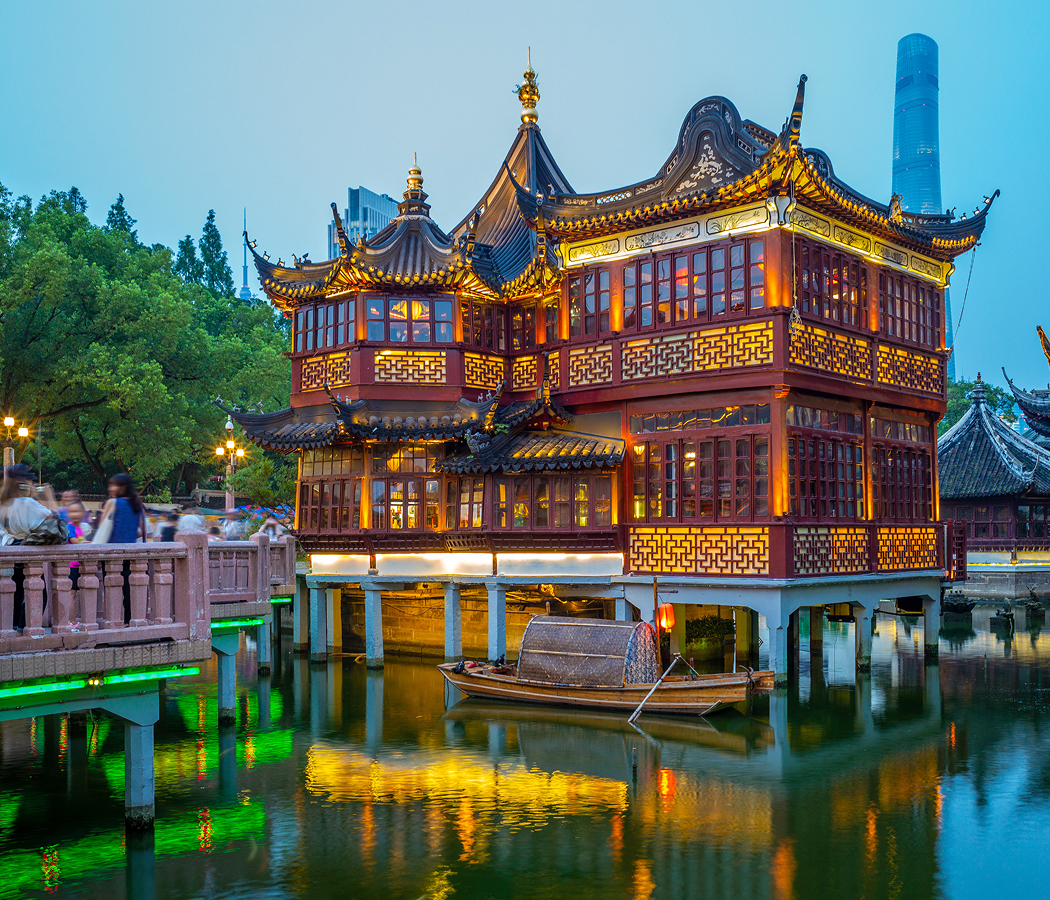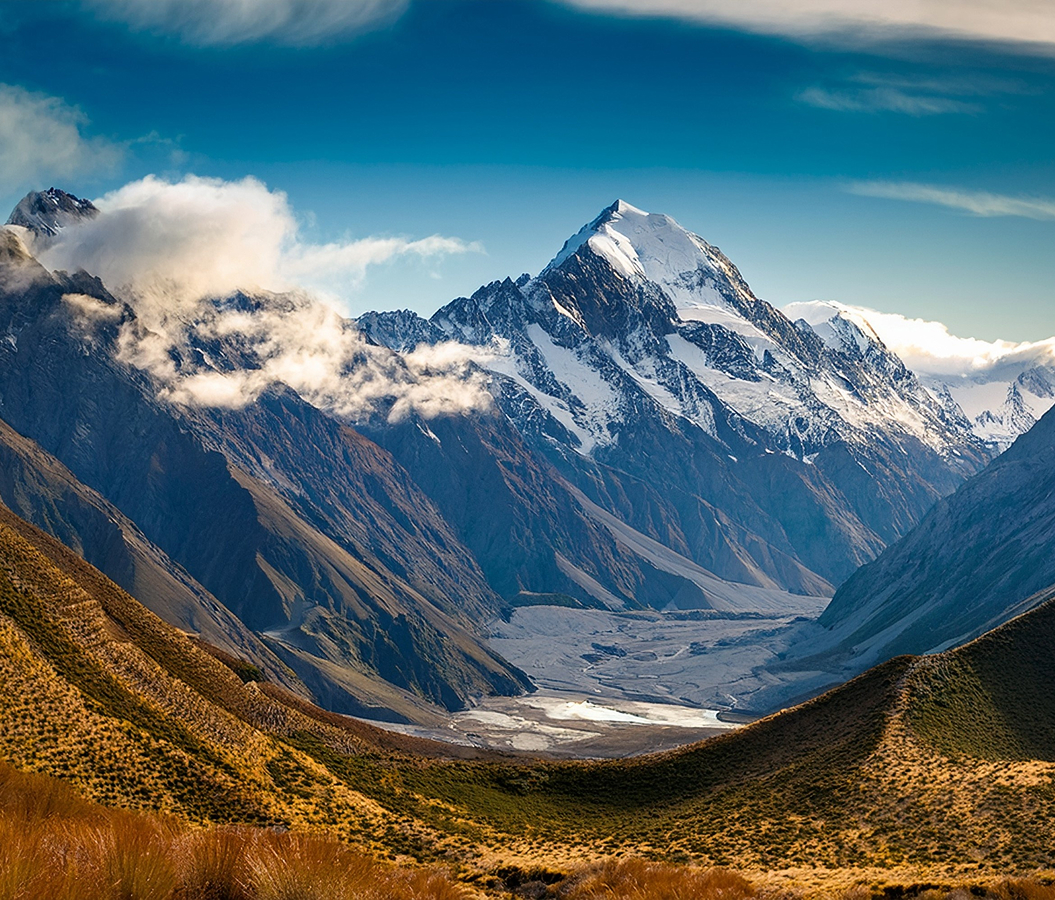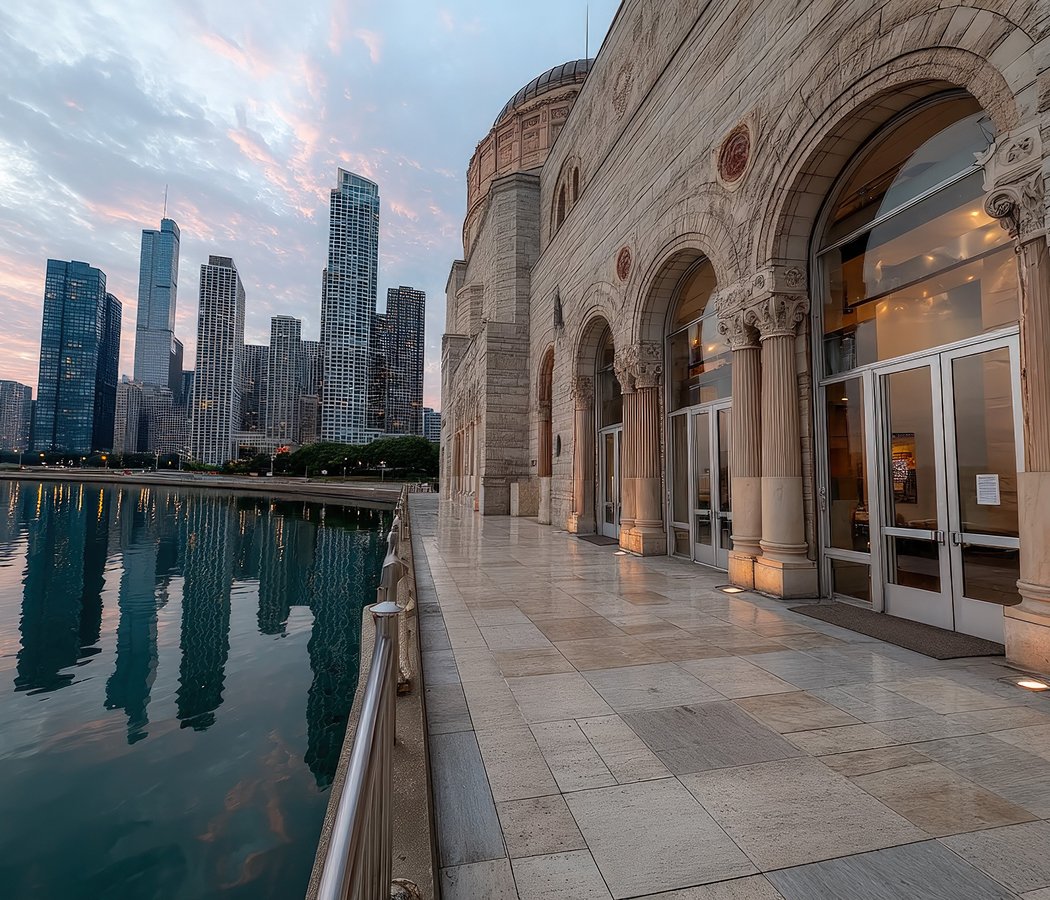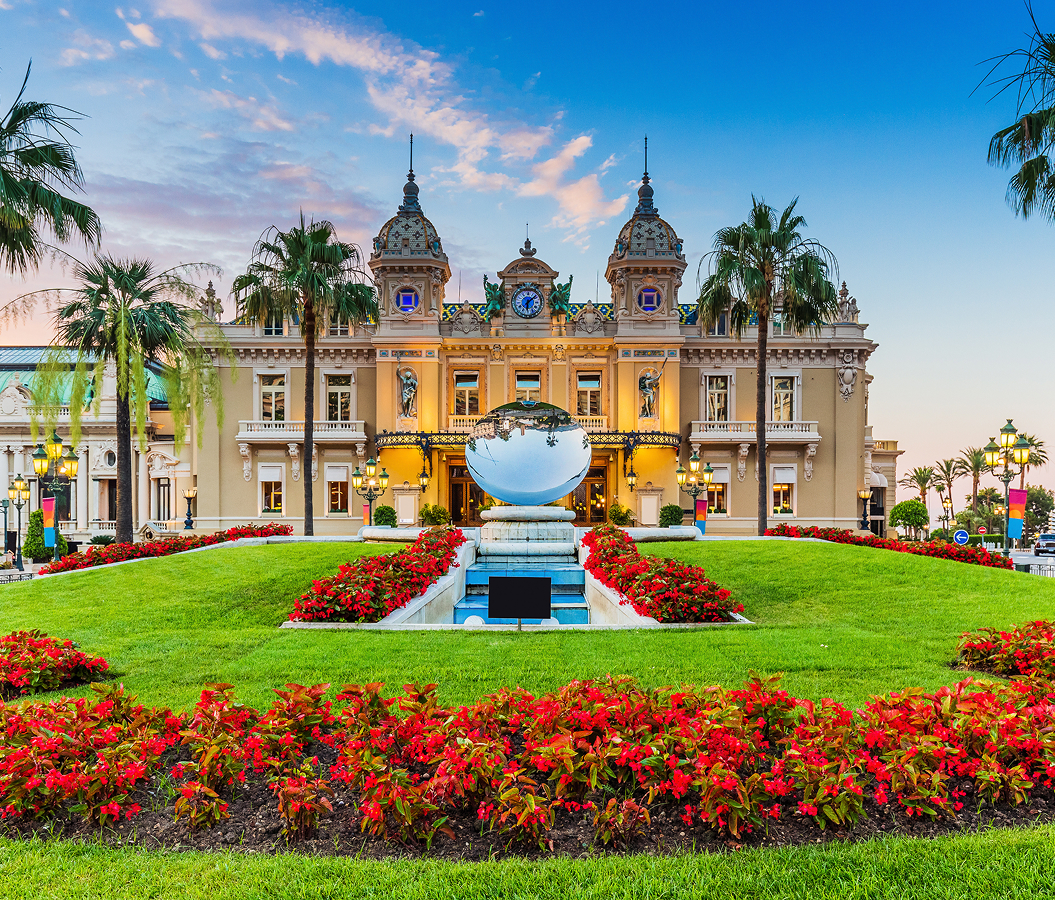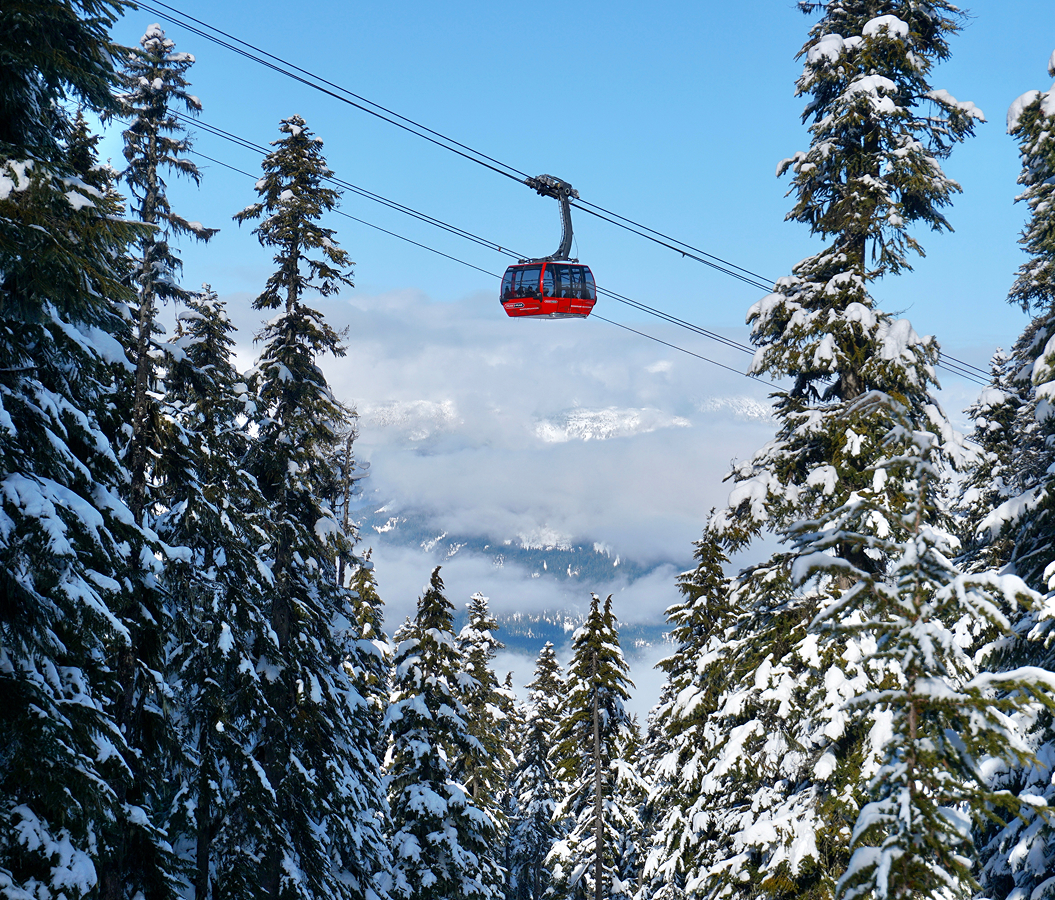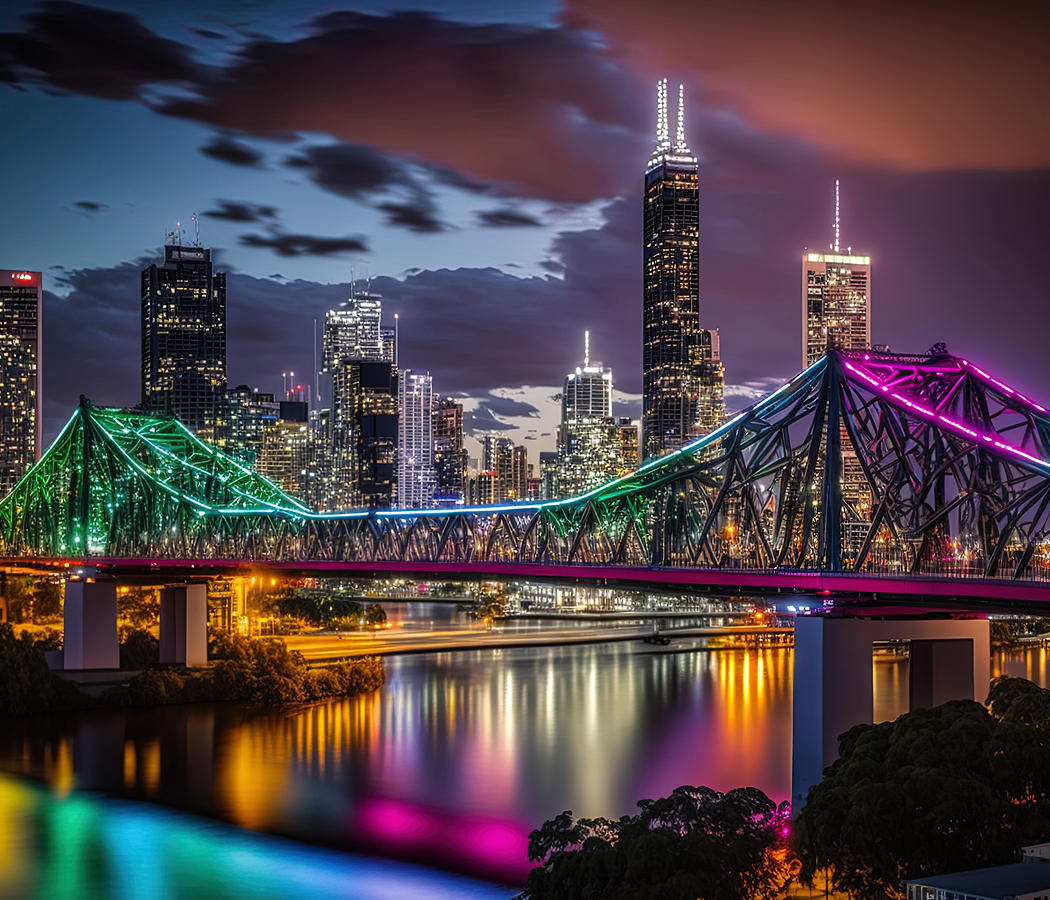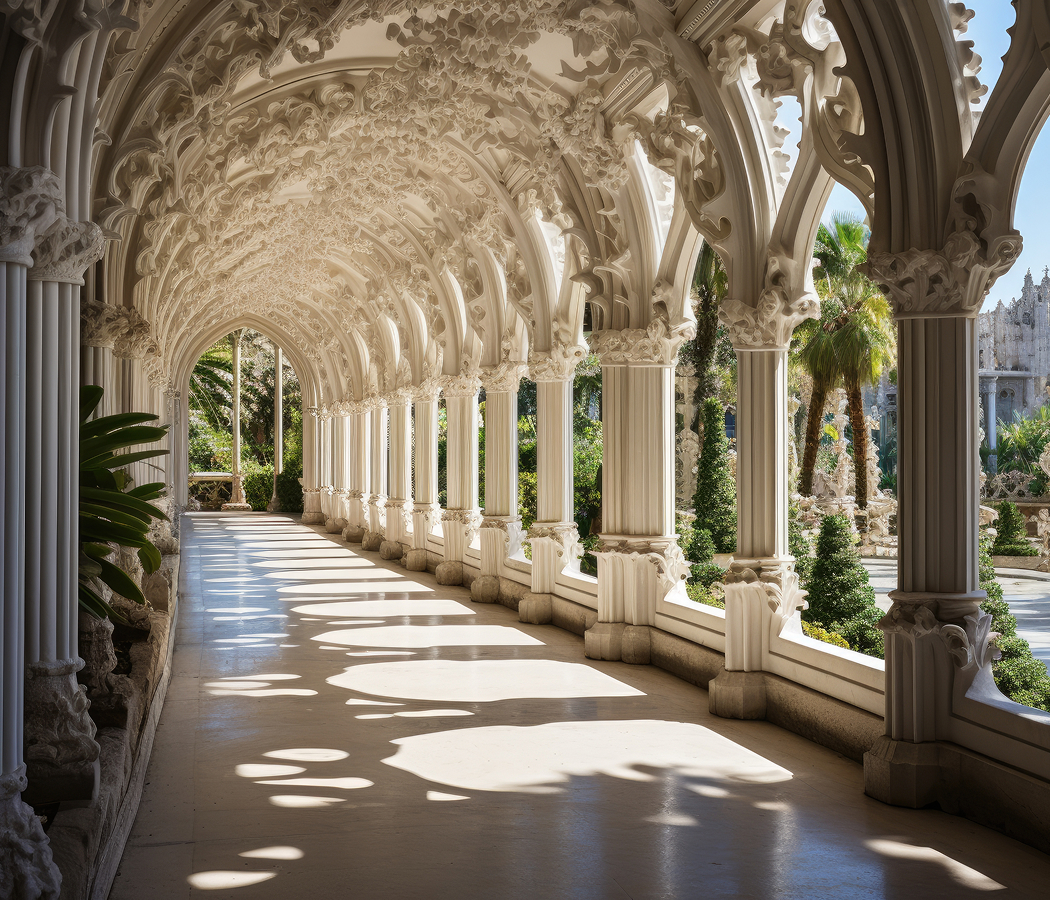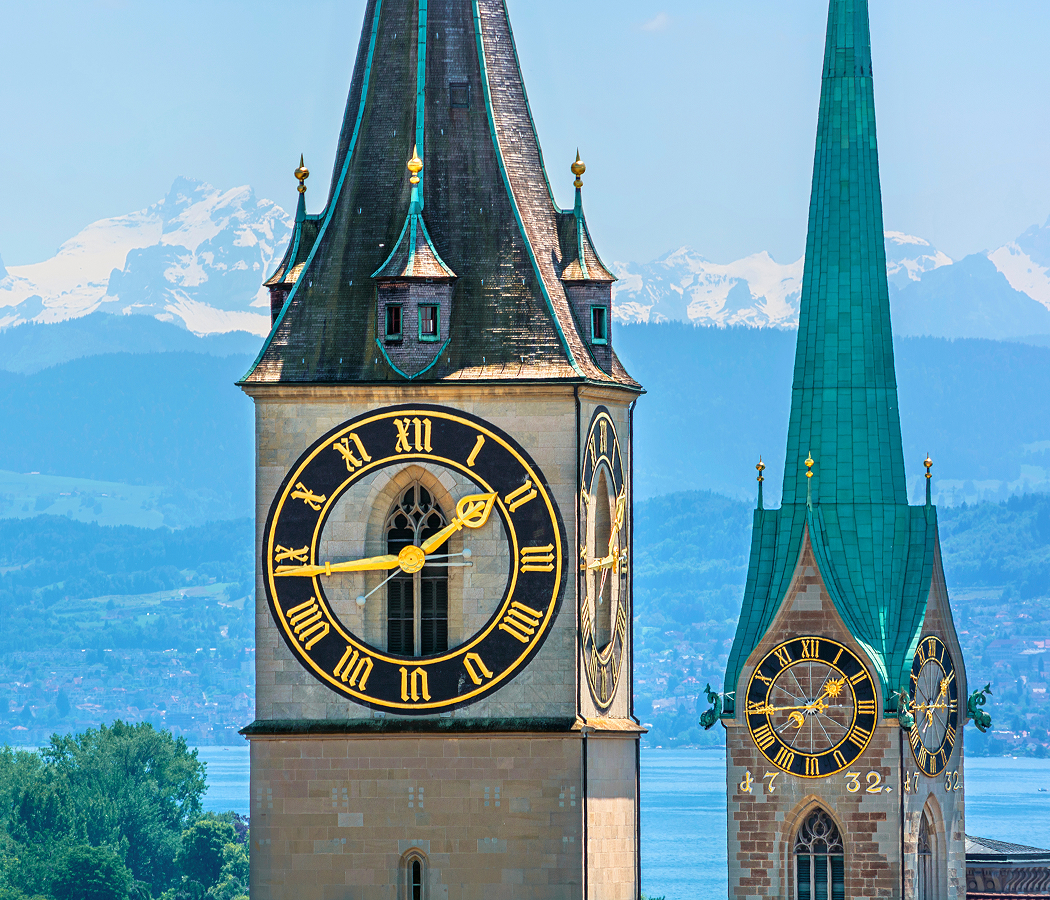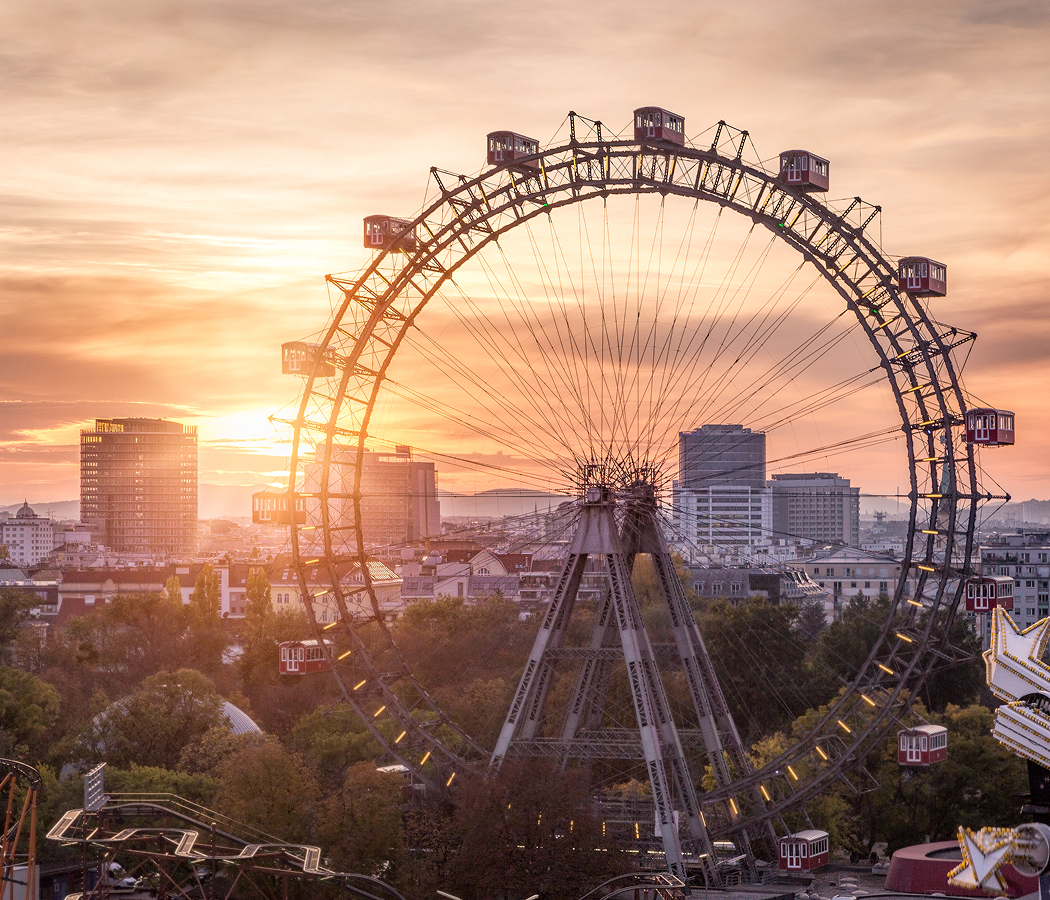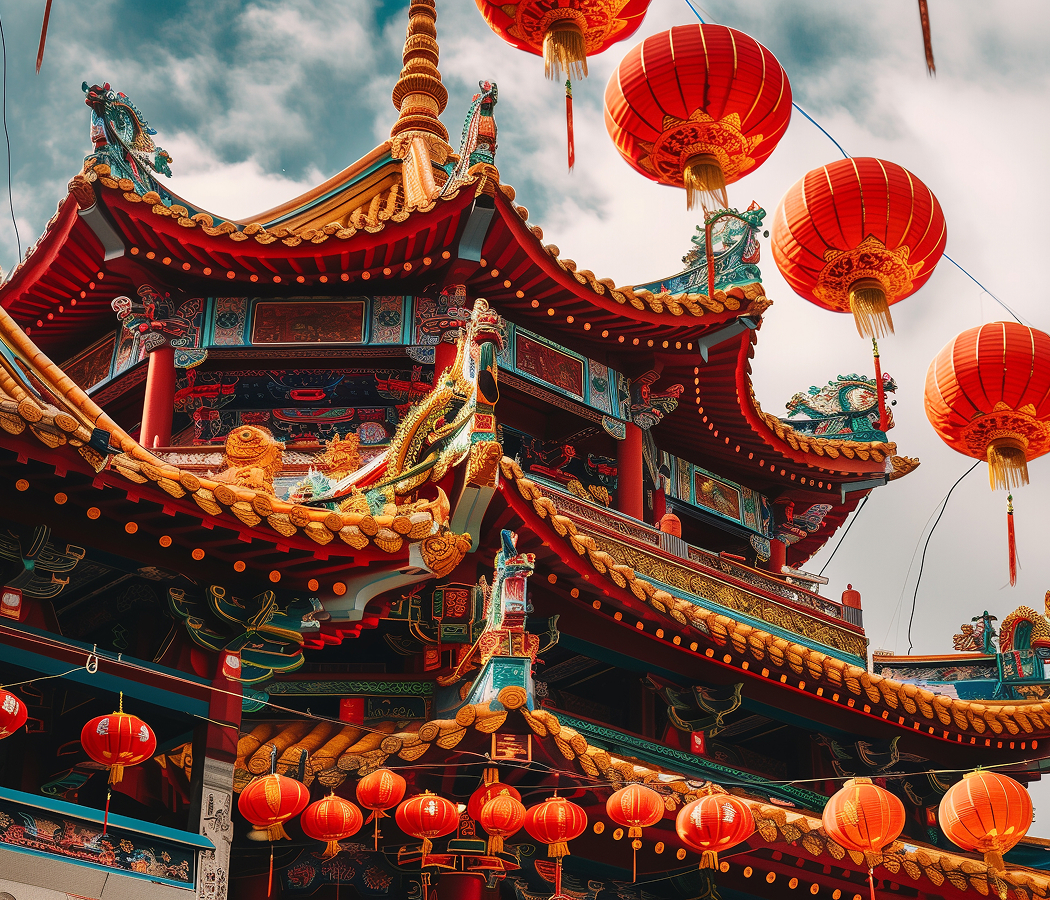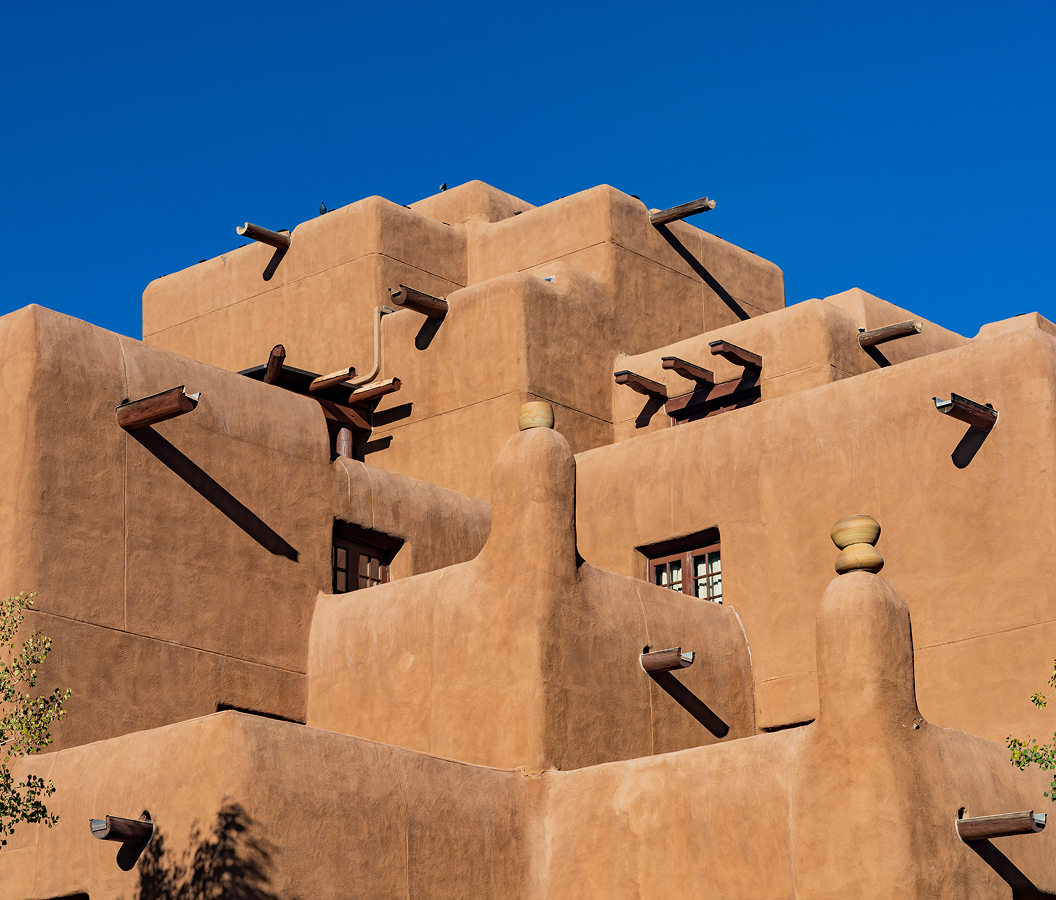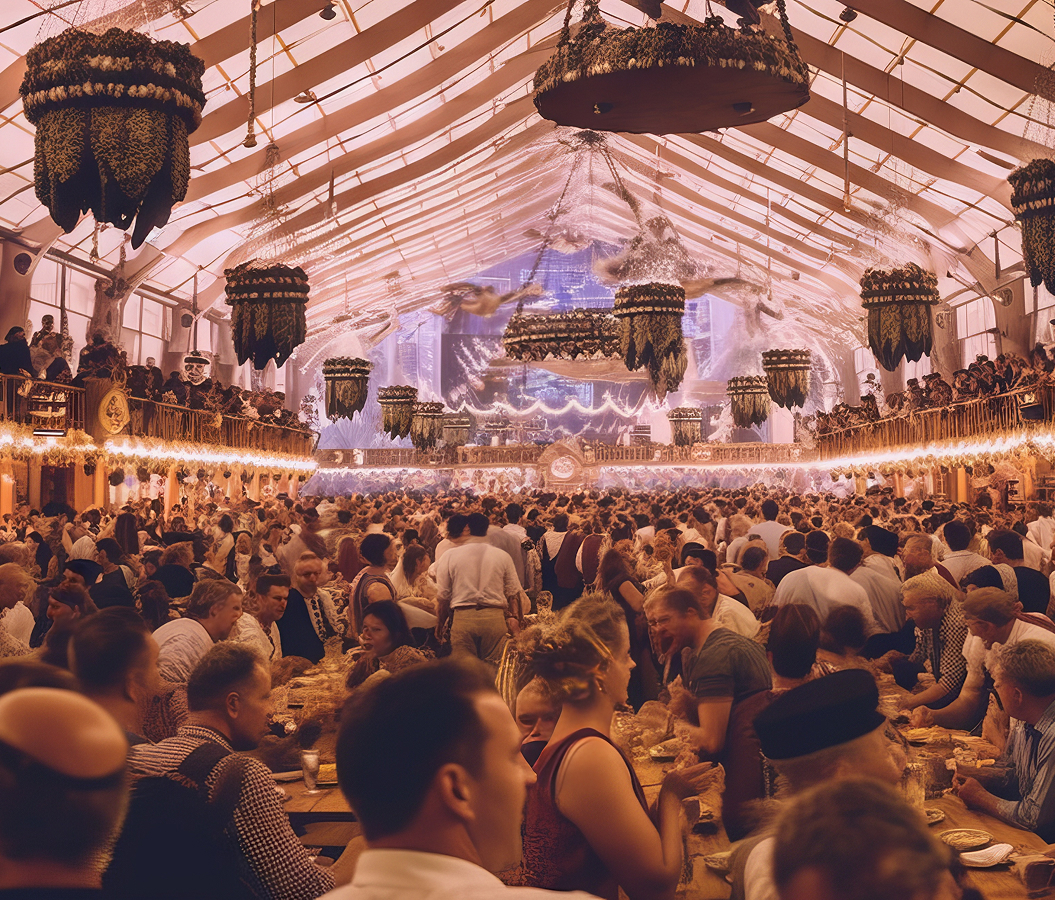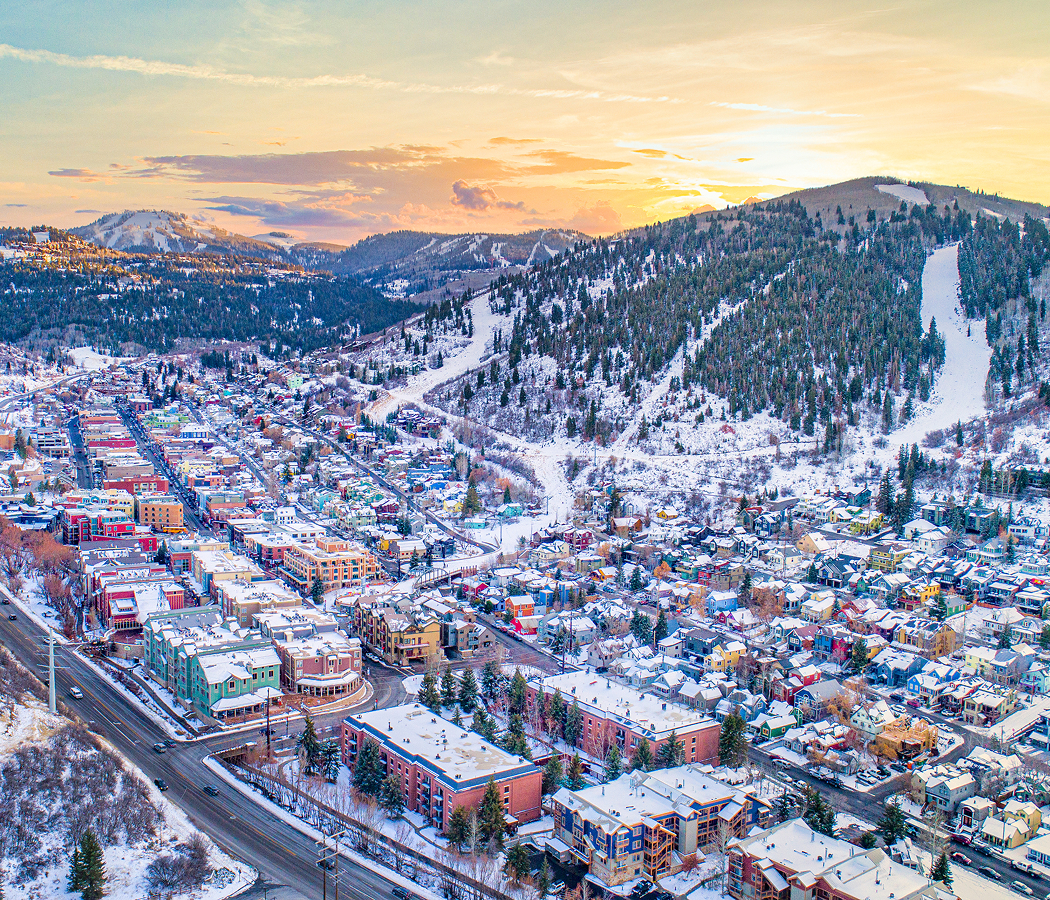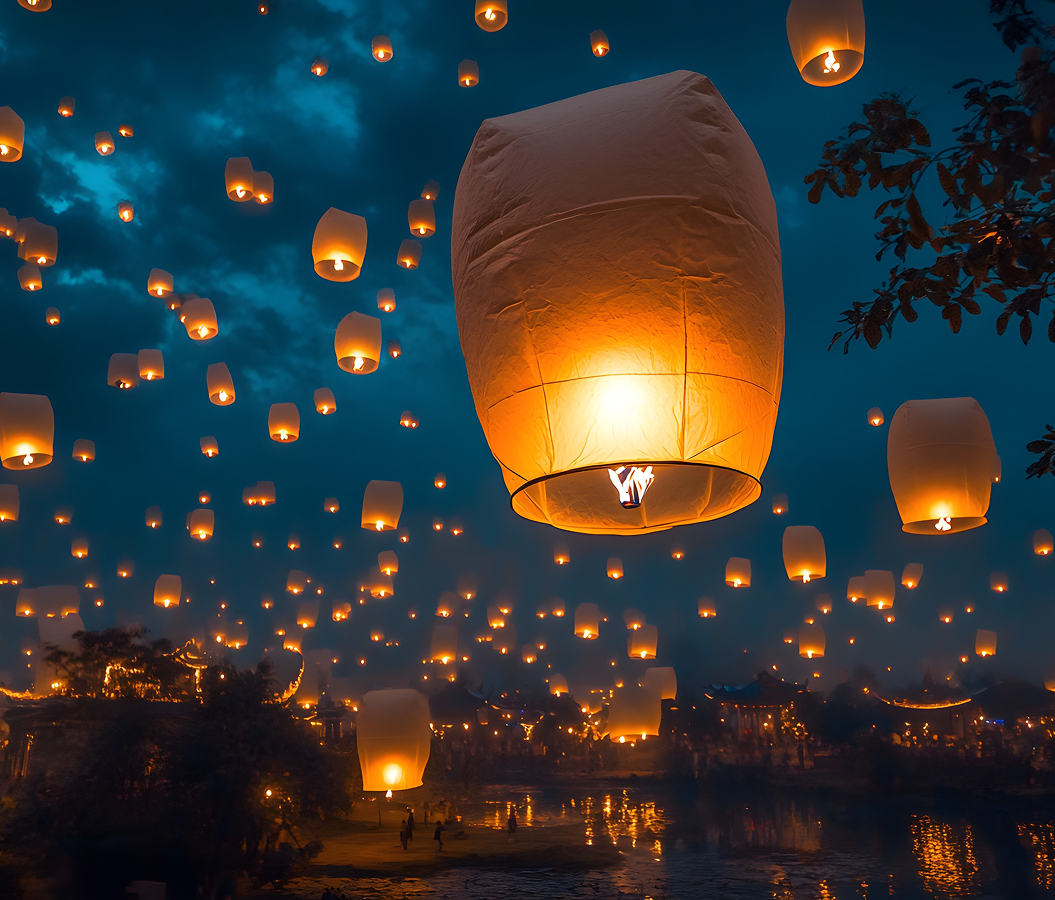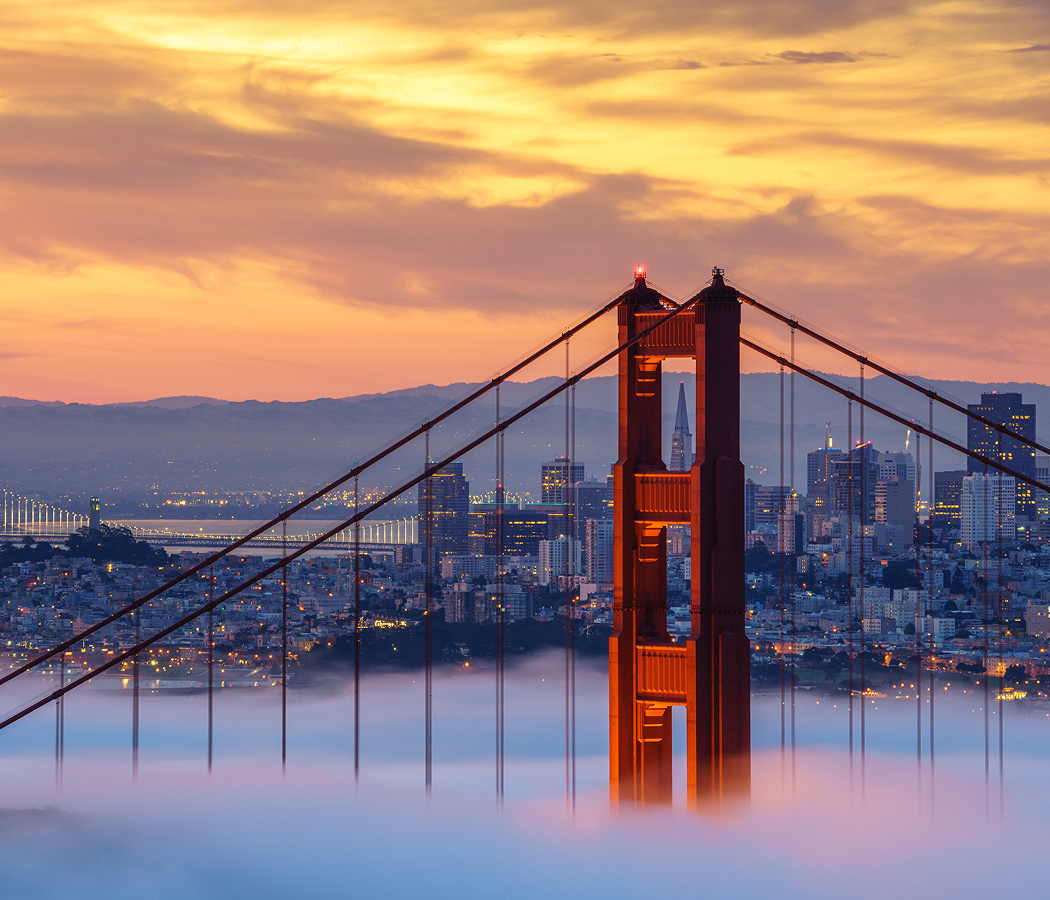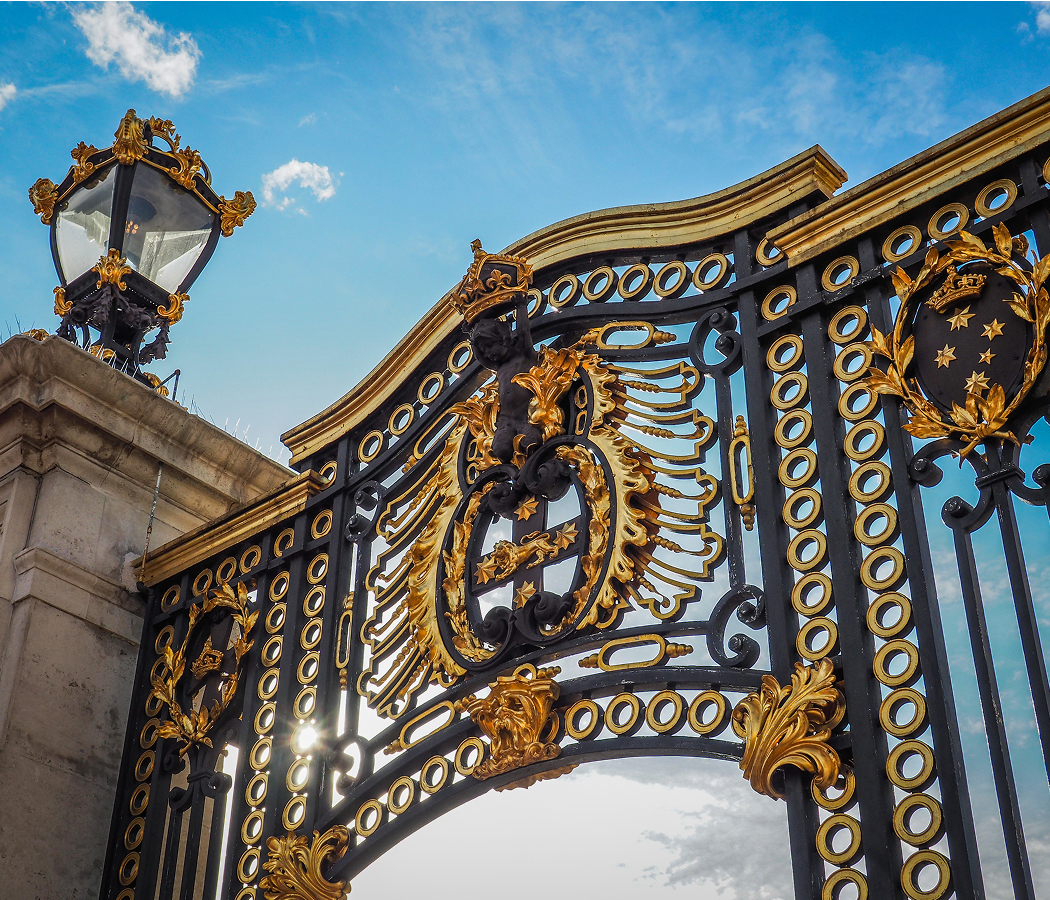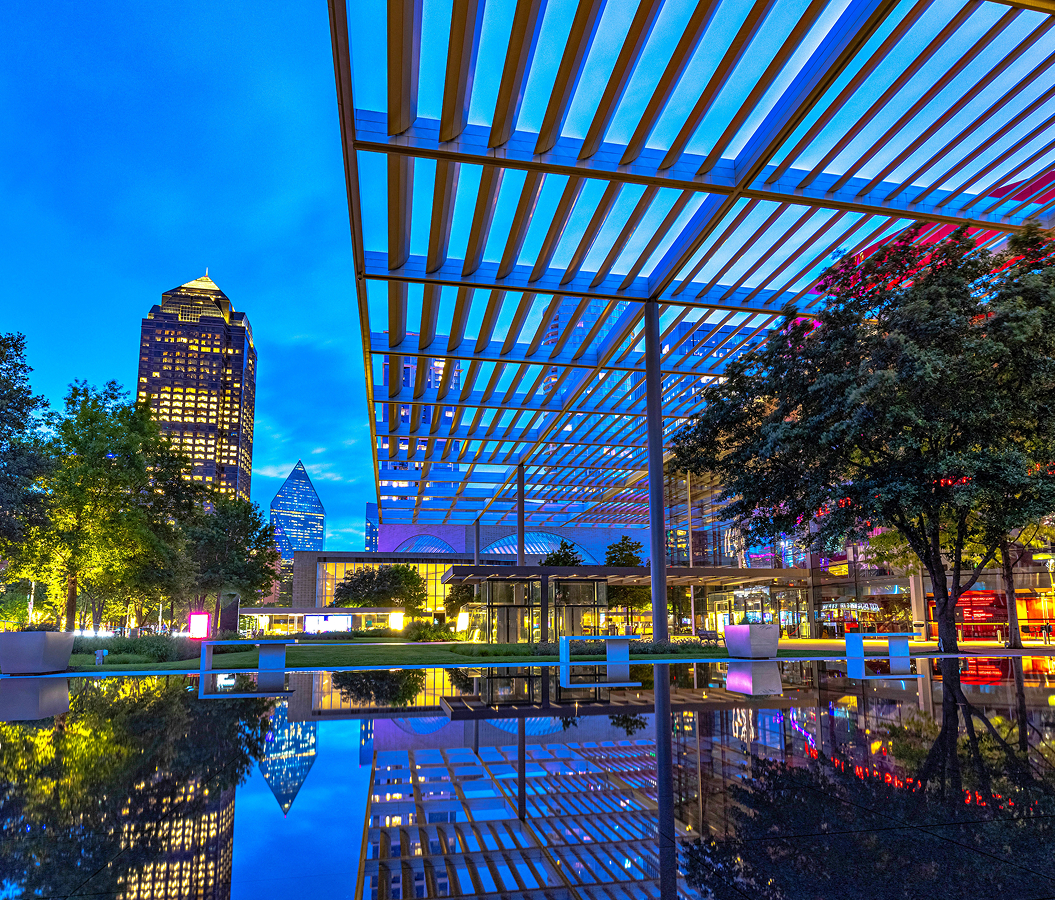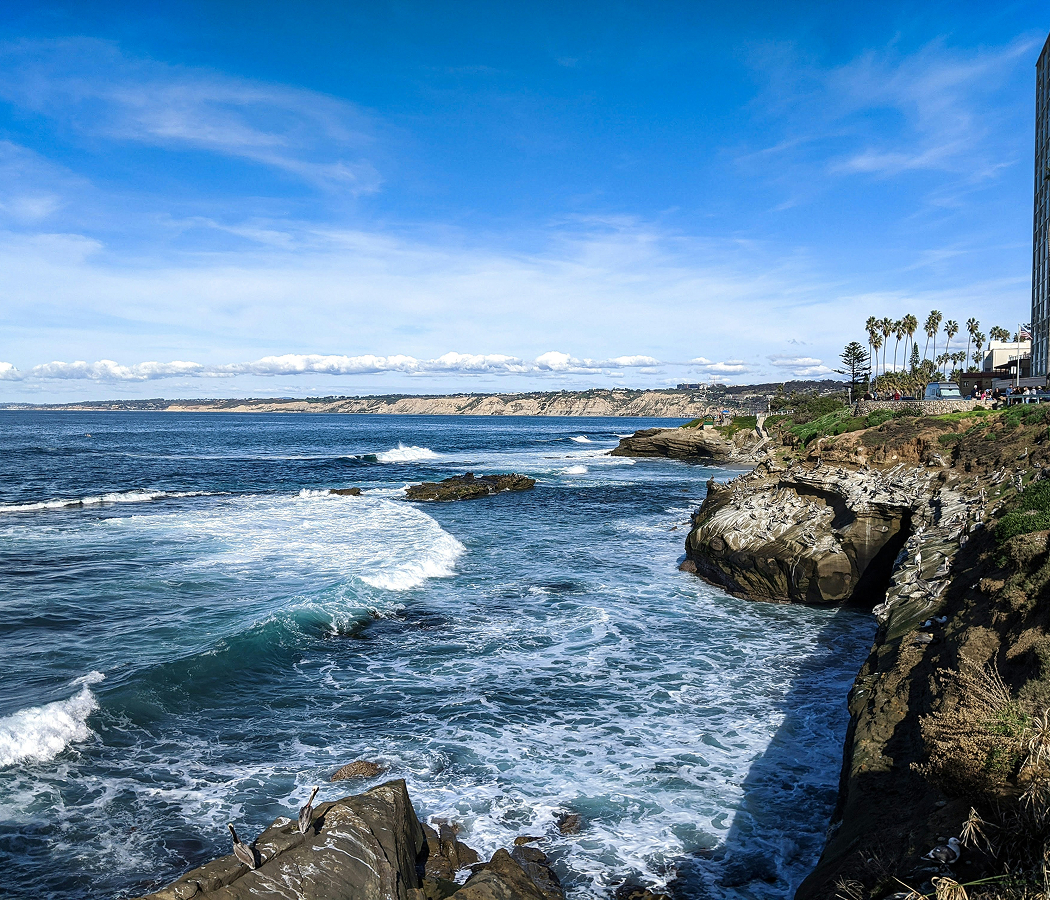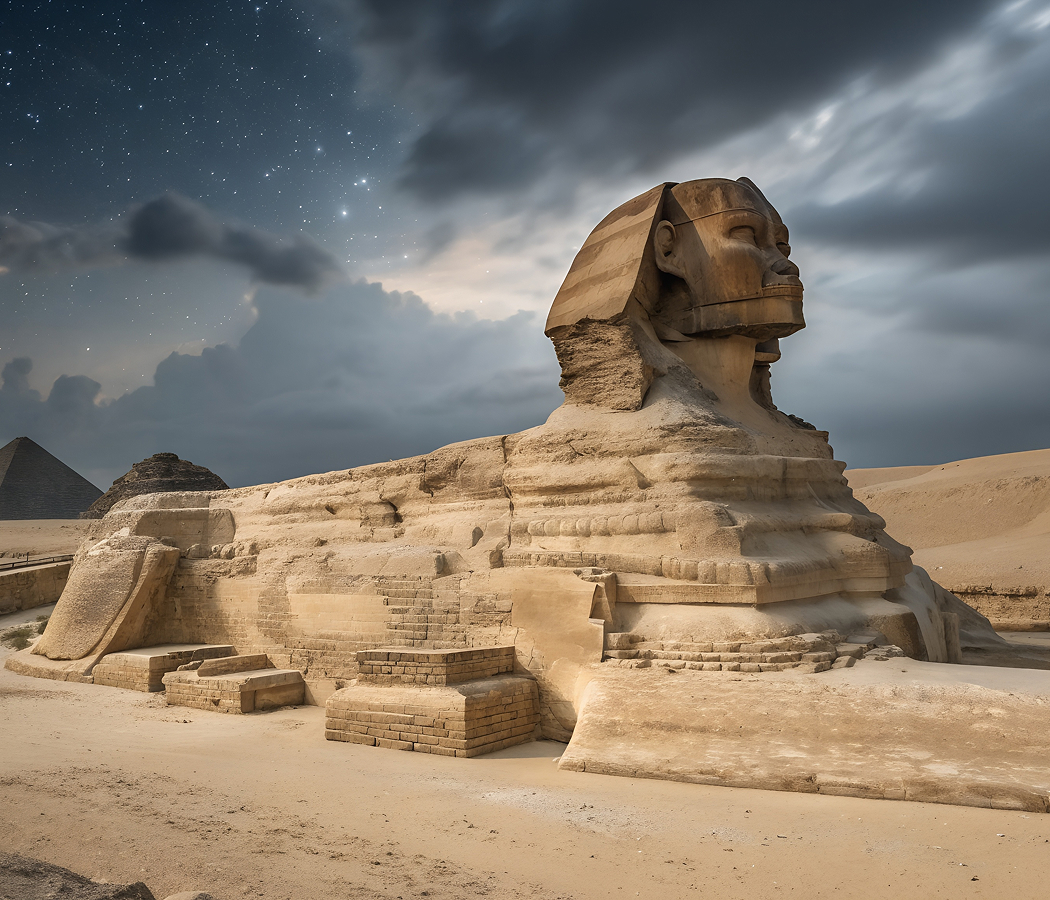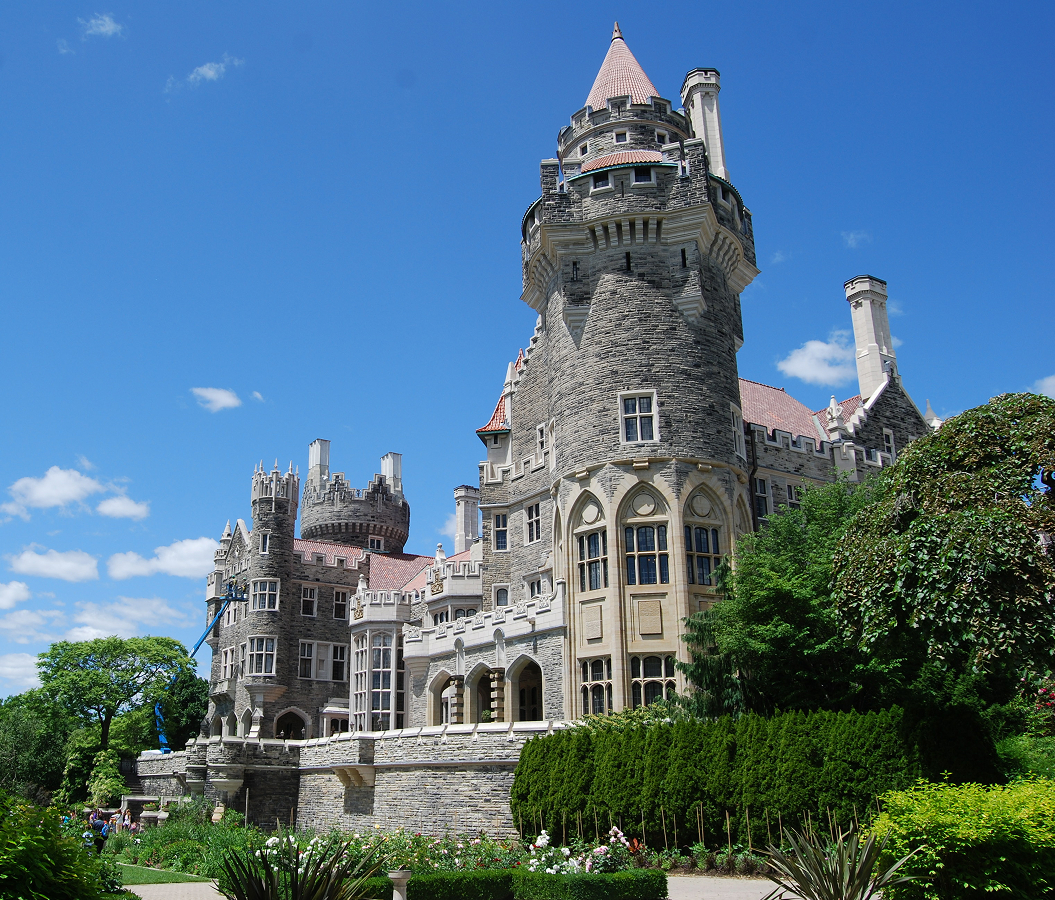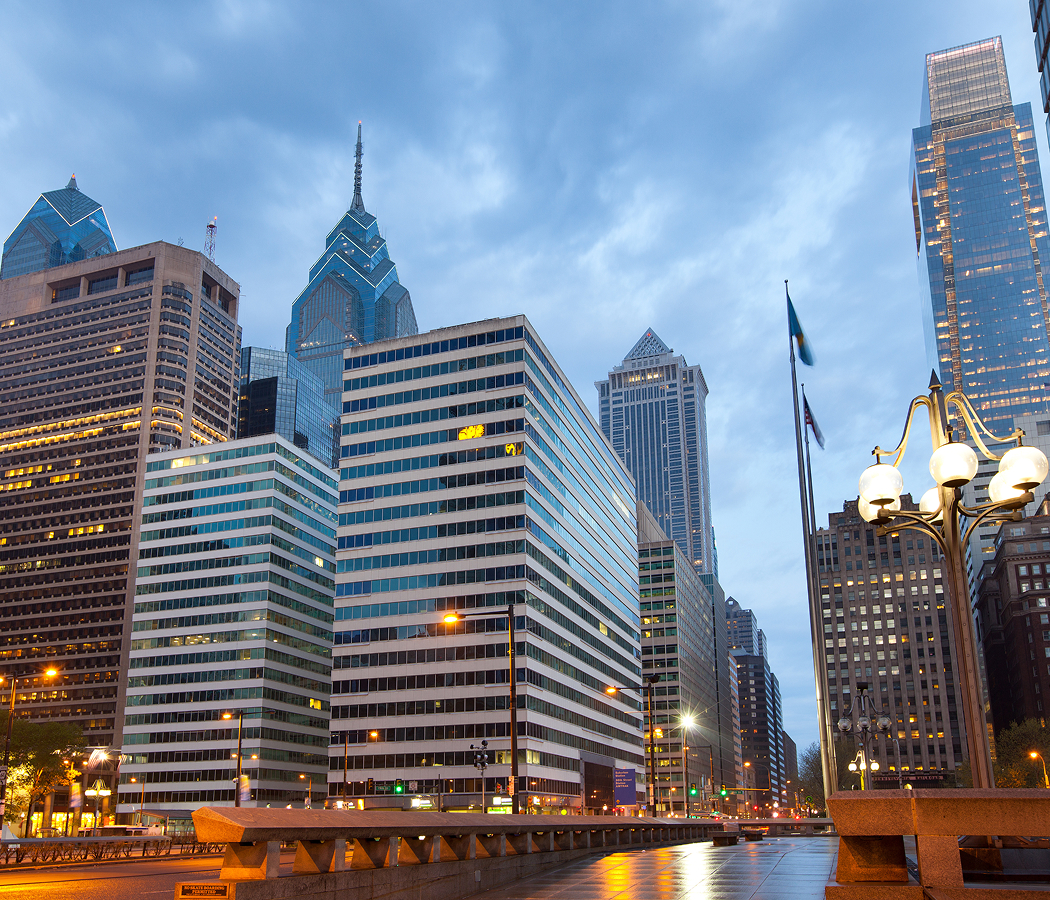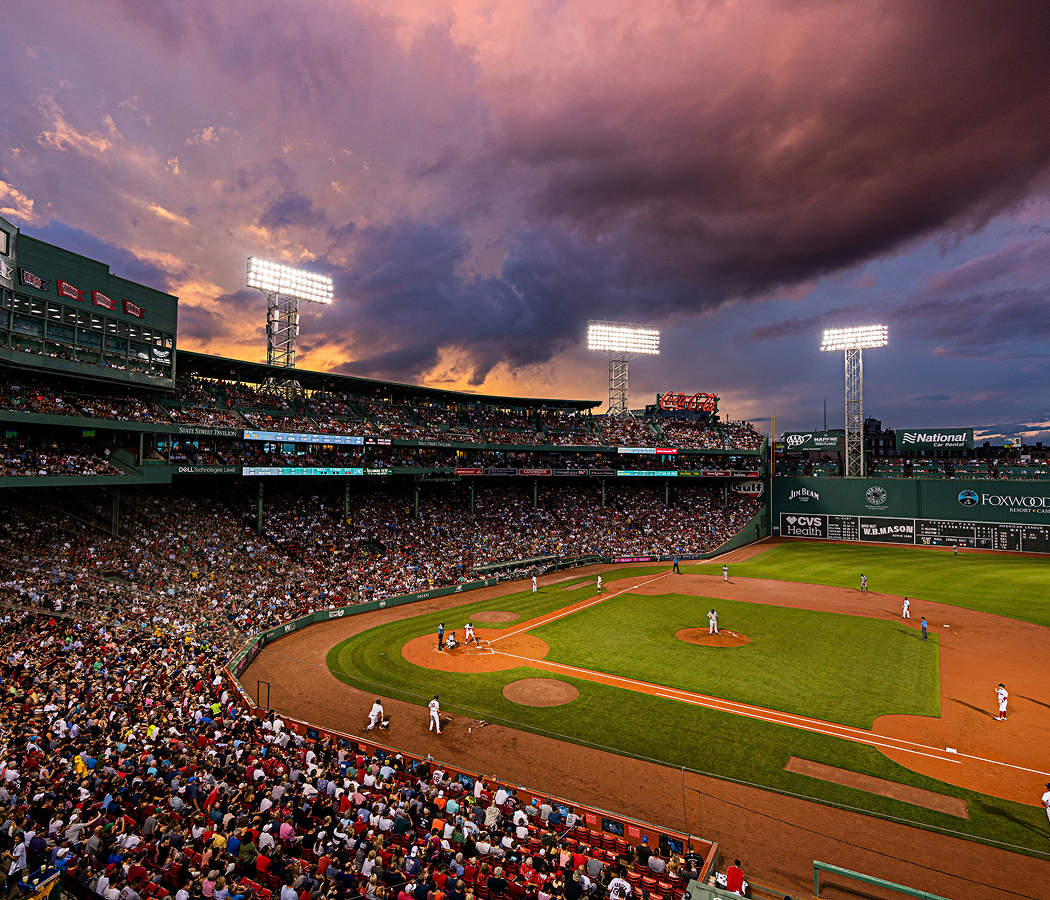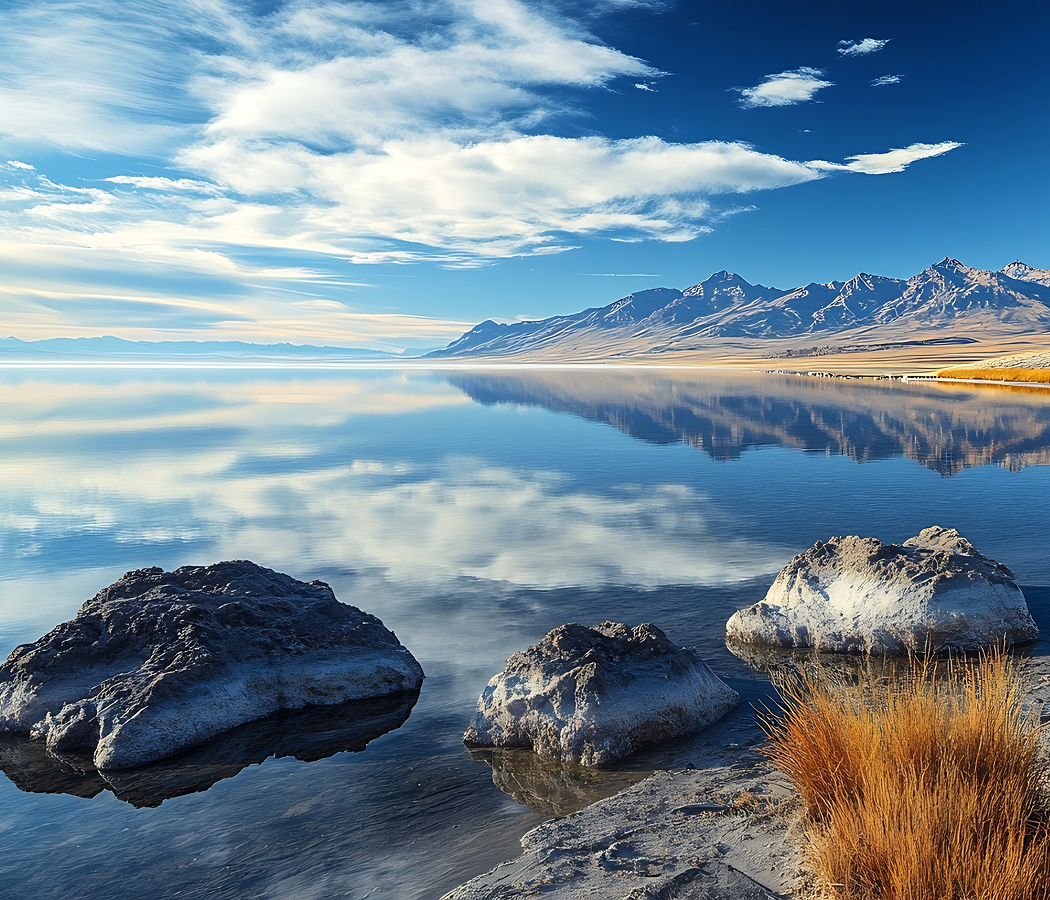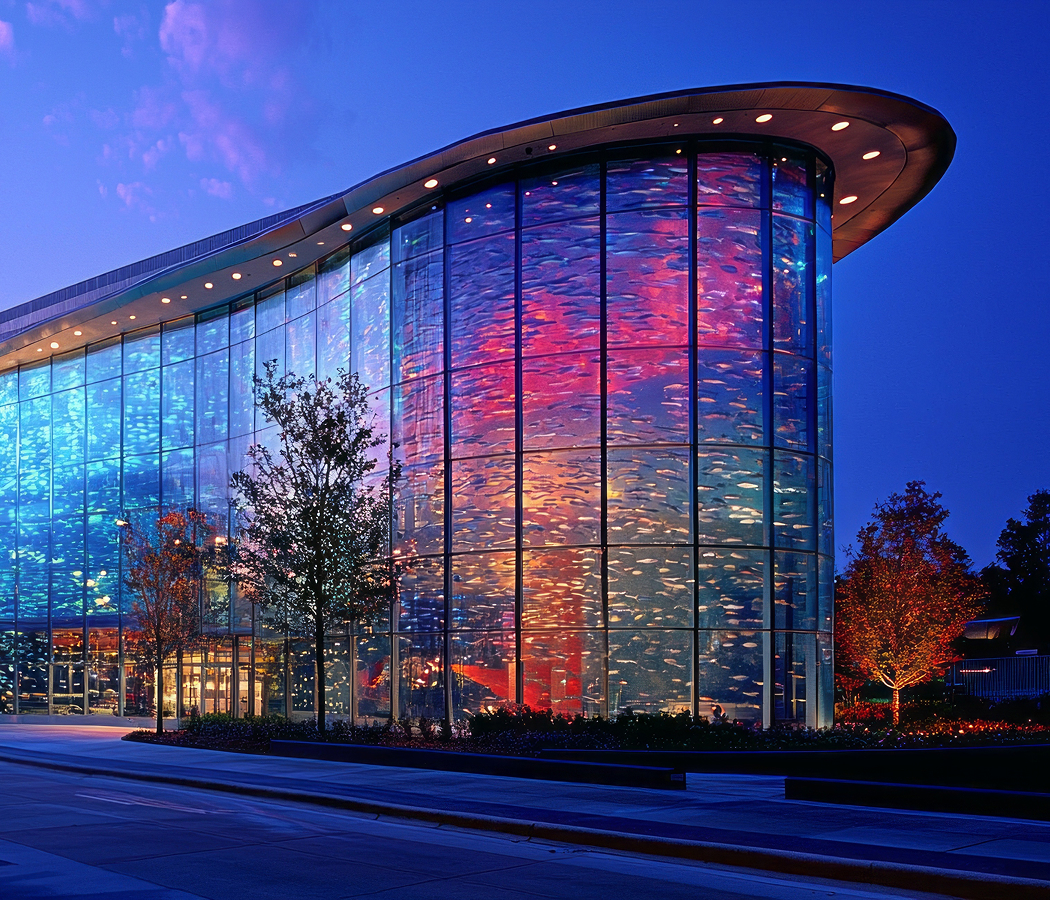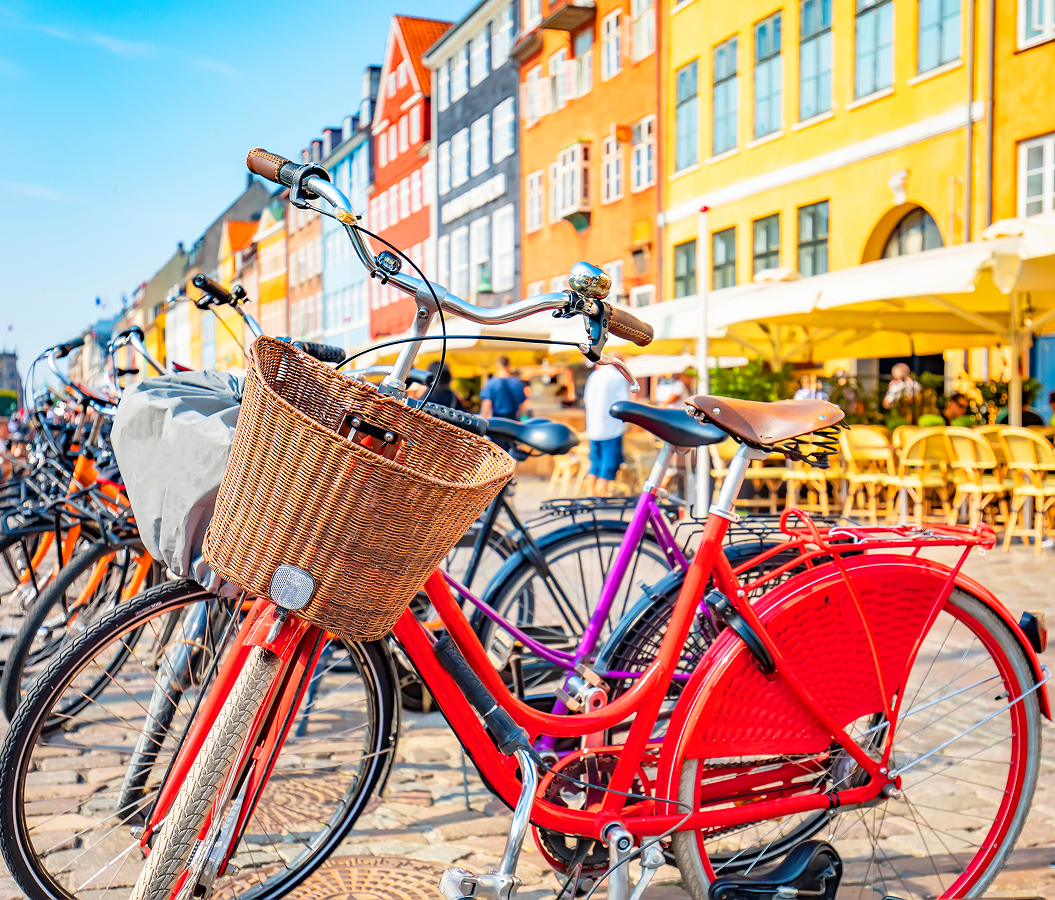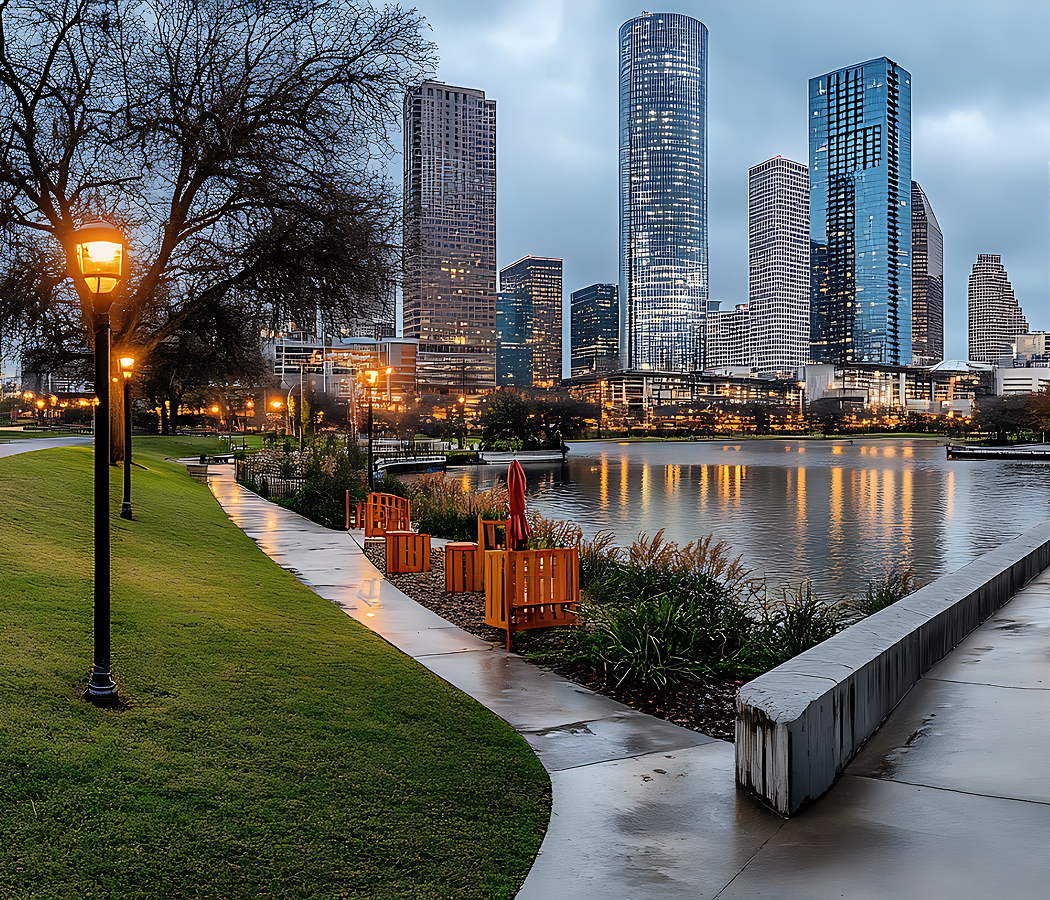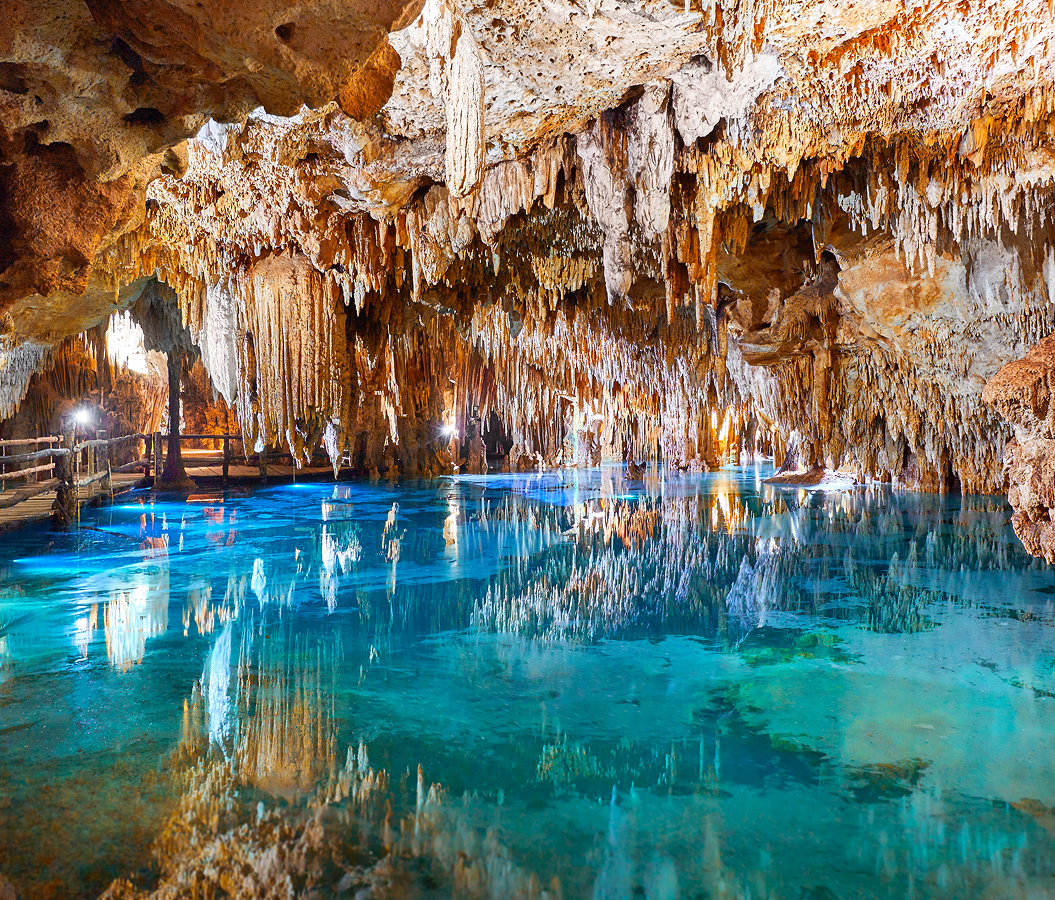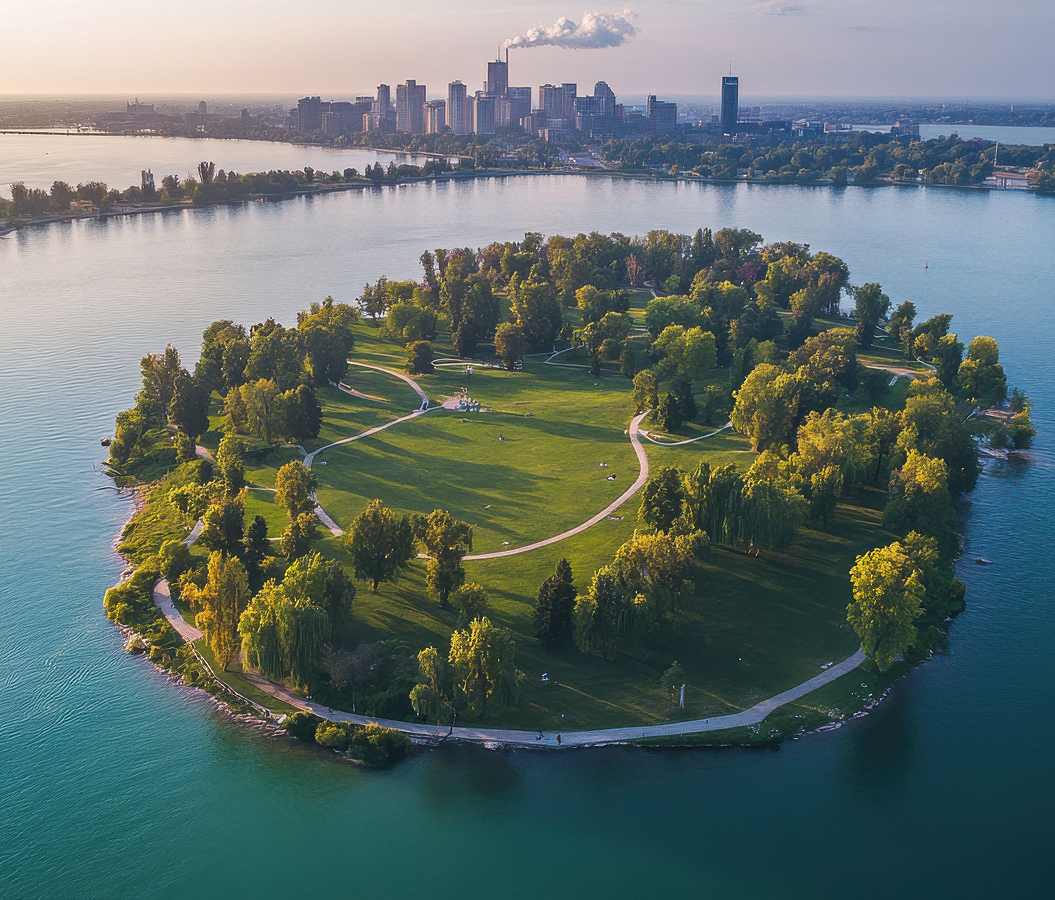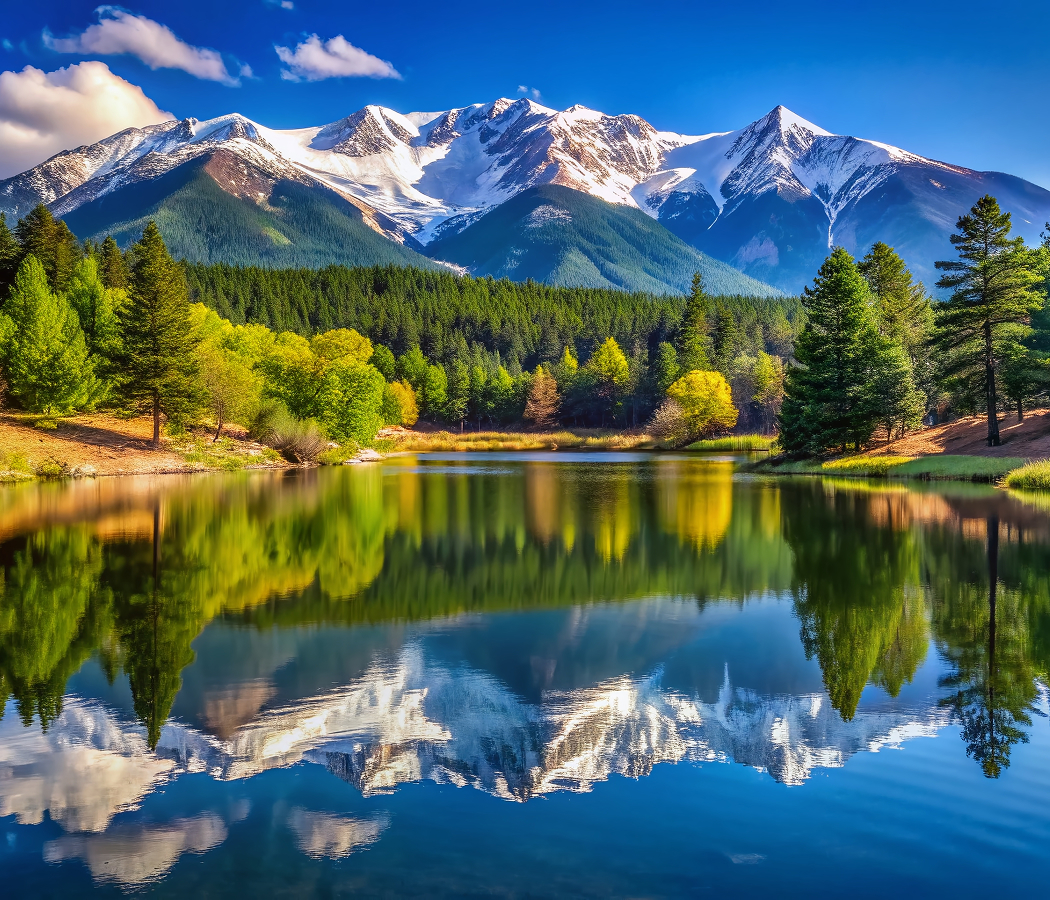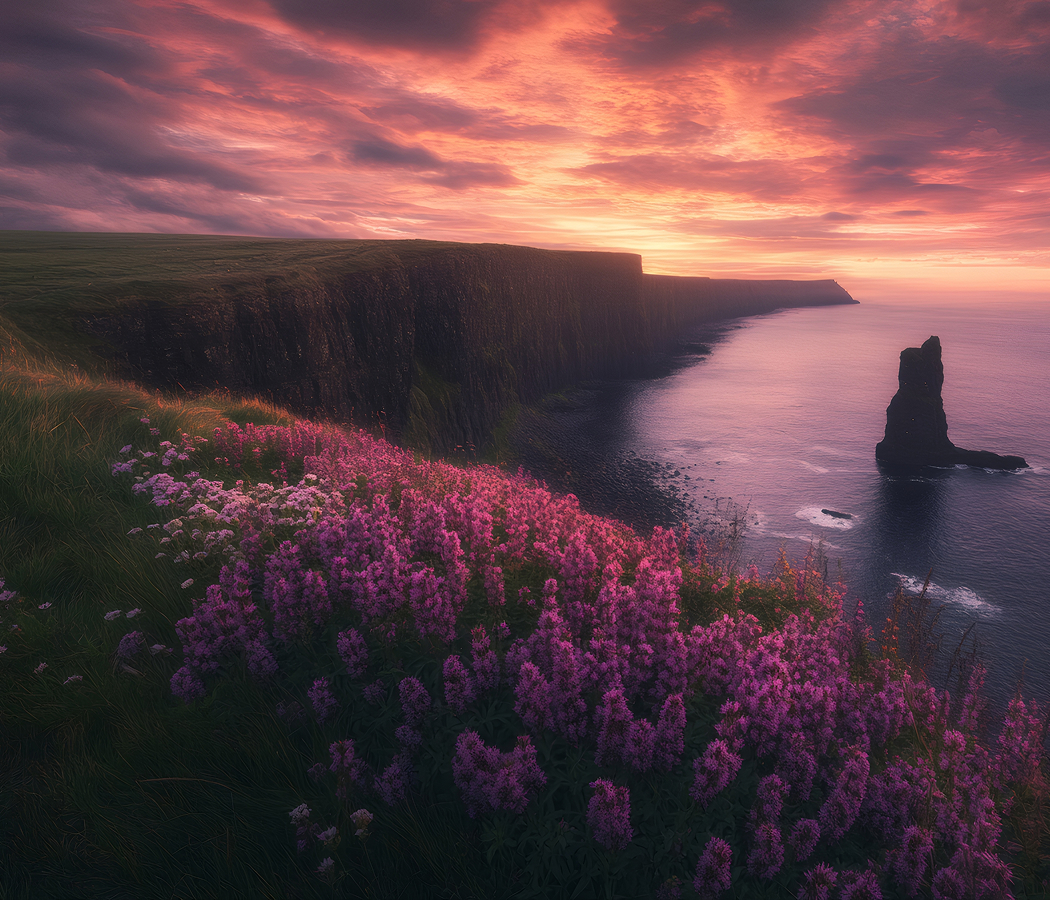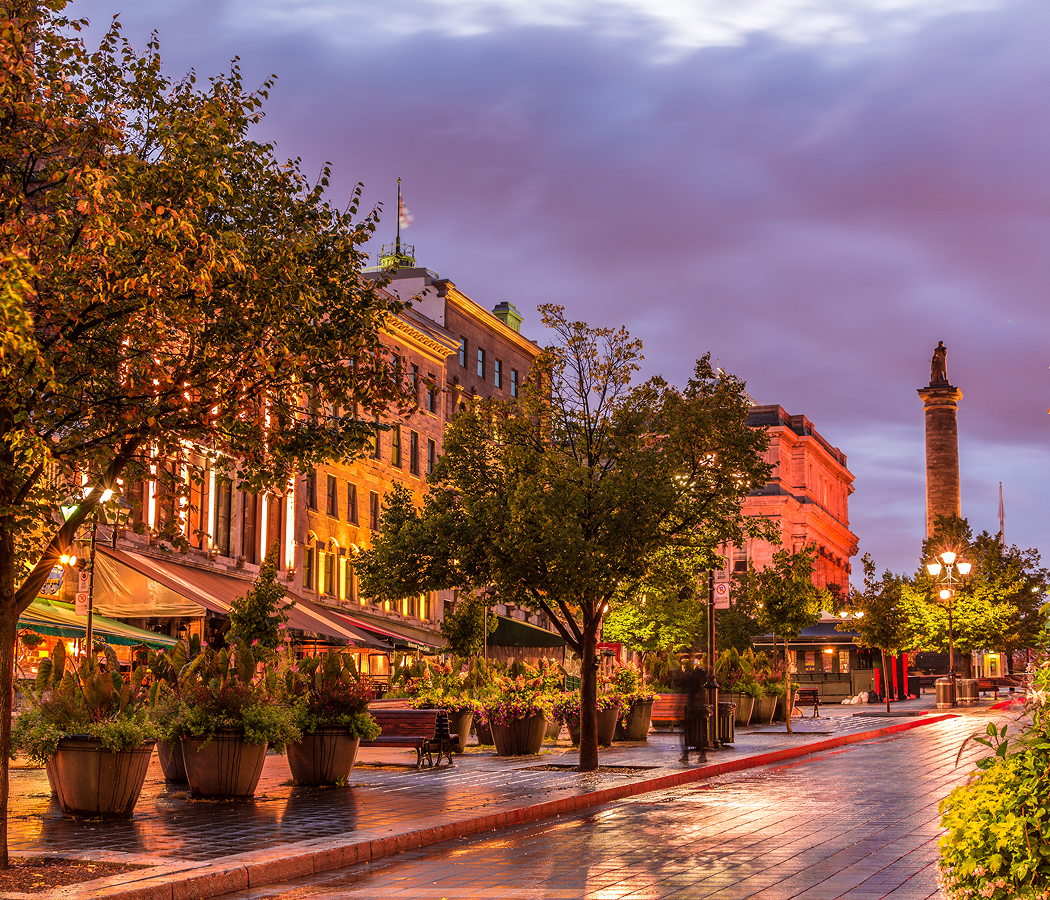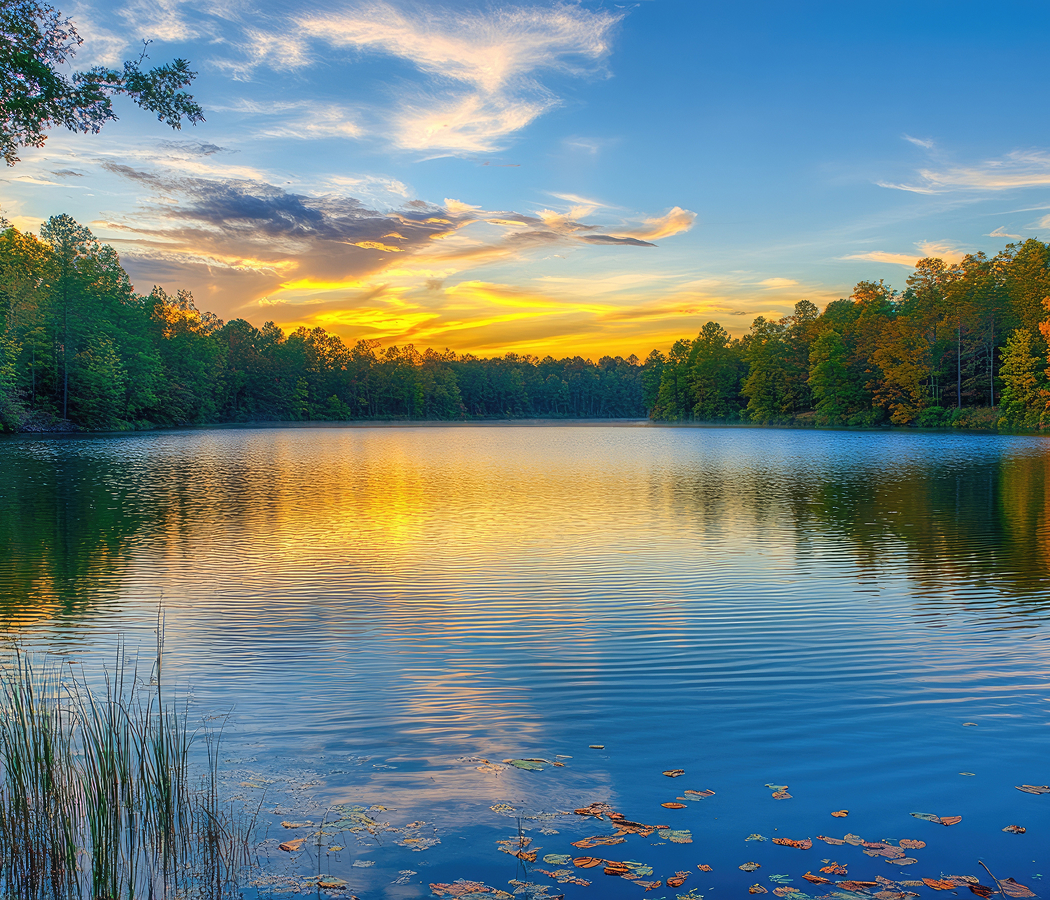
What you didn’t know about Tokyo, Japan.
Tokyo is layered with histories, microcultures, and invisible structures that shape the city far beyond its glossy surface, an intricate internal architecture that reveals itself only when you know where to look.
Most visitors never realize that Tokyo’s neighborhoods function like self-contained worlds: Shitamachi, the “low city,” preserves centuries-old traditions with narrow merchant streets, wooden facades, and craftsmanship passed quietly between generations. Yamanote, the “high city,” evolved into a hub of cultural prestige, home to universities, embassies, and the atmospheric calm of parks that once belonged to feudal estates. Even the rail lines carry history: the iconic Yamanote Line encircles what was once Edo Castle’s outer boundary, creating a loop that mirrors Tokyo’s ancient geographic heart. Beneath Shibuya’s frenzy lies the Shibuya River, redirected and buried decades ago, still flowing beneath the crosswalk that moves hundreds of thousands of people a day. Beneath Tsukiji’s former market are centuries of underground canals still humming with the cold breath of history. And across the city, temples stand as quiet time capsules, some hosting 600-year-old ginkgo trees that survived fires, earthquakes, and war. Tokyo’s food culture is equally misunderstood: the city has more Michelin stars than any place on Earth not because of luxury, but because of precision. Sushi masters train for decades before being entrusted with the rice alone; tempura is treated like sculpture; tea ceremony is a living philosophy. Even Tokyo’s famed spotless streets have a hidden explanation, not government workers, but citizens who believe deeply in cleaning the world they share. These details reveal Tokyo not as a futuristic marvel, but as a living ecosystem of memory, intention, ritual, and reinvention. A place built as much on philosophy as on concrete.
Five fascinations about Tokyo.
5. There’s a hidden village underneath the city.
Beneath Tokyo’s surface lies the G-Cans Project, a massive underground flood prevention system with cathedral-like chambers and silent tunnels. It’s rarely seen by the public, but it protects millions every rainy season. A reminder that Tokyo’s infrastructure is as extraordinary as its skyline.
4. Capsule hotels weren’t designed for tourists.
The first capsule hotel opened in 1979 in Osaka, but the trend took hold in Tokyo as a solution for overworked locals who missed the last train home. What began as a functional escape became a cultural icon: compact, efficient, and distinctly Japanese.
3. Tokyo has a street dedicated to owls.
Along with cat cafés and hedgehog lounges, Tokyo is home to an “owl street” in Ikebukuro where visitors can interact with dozens of rescued owls. It’s whimsical, surreal, and somehow… completely normal here.
2. You can visit a 1,000-year-old tree in the heart of the city.
At Meiji Shrine, tucked beside Harajuku’s buzz, stands a sacred camphor tree believed to be over a millennium old. Locals tie handwritten wishes to its base, a quiet act of hope in one of the world’s busiest cities.
1. Tokyo wasn’t always called Tokyo.
Before becoming the capital in 1868, it was known as Edo, a fortified castle town ruled by shoguns. The name “Tokyo” means “Eastern Capital,” marking the shift from Kyoto’s imperial past to a bold new era. But if you look closely, traces of Edo still echo in its alleyways and traditions.
Where meaningful travel begins.
Start your journey with Foresyte, where the planning is part of the magic.
Discover the experiences that matter most.







